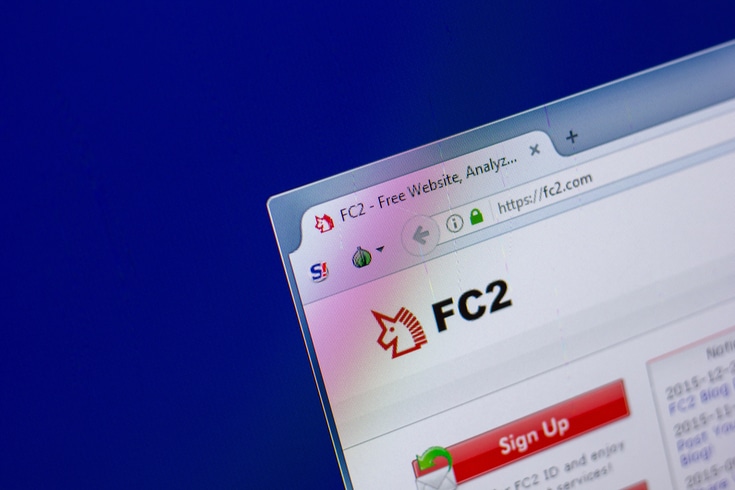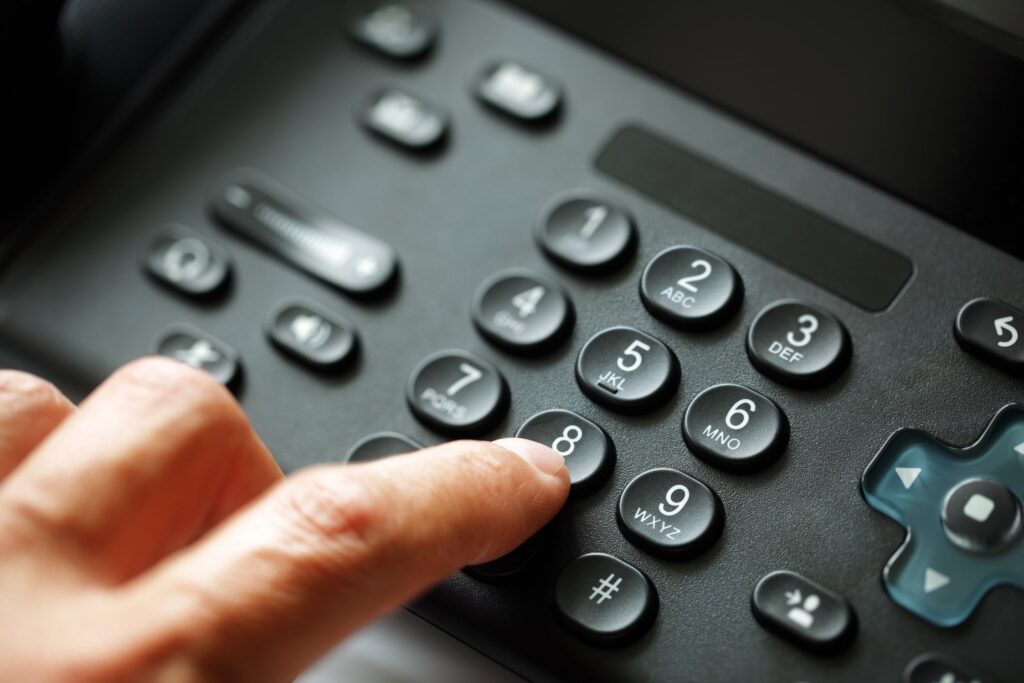What is the Market Rate and Calculation Method for Damages Claims Against Defamation Offenders?

In cases of defamation on the Internet, if the perpetrator posts illegal content such as slander, the victim can make a claim for damages against the perpetrator. In such cases, what kind of ‘damages’ can be claimed?
To state the conclusion first, it basically amounts to the total of the following amounts:
- Compensation for emotional distress (damages for mental harm)
- Investigation costs (lawyer’s fees required to identify the perpetrator)
- Lawyer’s fees (about 10% of the compensation for emotional distress)
We will explain in detail about these items, such as whether or not they can be claimed.
Procedure from Identifying the Perpetrator to Claiming Damages
Firstly, victims who have suffered reputational damage due to illegal posts must identify who the perpetrator (offender) is. This is because they cannot claim damages without doing so.
For example, in the case of anonymous bulletin boards like 5channel (formerly 2channel), it is not possible to identify who the perpetrator of defamatory posts on the bulletin board is just by looking at the board. The same applies to blogs that are operated anonymously.
As a prerequisite for claiming damages against the perpetrator, it is necessary to identify the perpetrator. The procedure for identifying the perpetrator can be broadly divided into a request for IP address disclosure to the so-called Content Service Provider (for example, the administrator of 5channel), and a request for name and address disclosure to the transit provider used by the identified perpetrator (for example, docomo in the case of mobile lines, or Nifty in the case of fixed lines). Detailed explanations of these procedures are provided in the articles below.
https://monolith.law/reputation/provider-liability-limitation-law[ja]
https://monolith.law/reputation/disclosure-of-the-senders-information[ja]
However, this is the case for anonymous bulletin boards and blogs where the perpetrator is unknown. If the perpetrator is operating a website under their own real name, identification is not necessary.
How to Claim Damages Against a Perpetrator
Once the perpetrator has been identified, it becomes possible to make a claim for damages against them.
This claim for damages can be sought through out-of-court negotiations, similar to when you are demanding repayment of a loan. If negotiations outside of court do not reach a resolution, you can also claim through a lawsuit.
In the case of a lawsuit, the court has certain rules on how much compensation can be granted when you have suffered damage such as defamation due to slanderous posts. It is likely that a judgment based on these rules will be made.
In the case of out-of-court negotiations, both the victim (and their attorney) and the perpetrator (and their attorney) will negotiate with the idea of “how much compensation the court would grant if the negotiations fail and it goes to court”. For example, in a case where only a few hundred thousand yen in damages would be recognized in court, if a claim of 10 million yen is made in out-of-court negotiations, the perpetrator (and their attorney) would likely judge that they should not respond to the negotiation at this amount.
In conclusion, even in the case of out-of-court negotiations, the question of “what rules would apply and how much compensation is likely to be granted if it goes to court” is an important issue.
Damages Recognized by the Court and Their Details

As mentioned at the beginning, the “damages” recognized by the court are the total of the following three types of amounts:
- Consolation money (compensation for emotional distress)
- Investigation costs (lawyer’s fees required for identifying the offender)
- Lawyer’s fees (approximately 10% of the total of consolation money and investigation costs)
It may be a bit confusing, but the “investigation costs” in 2 refer to the lawyer’s fees that have already been paid when identifying the offender. It means “the cost of the investigation conducted by hiring a lawyer for offender identification”.
On the other hand, the “lawyer’s fees” in 3 mean “the cost of hiring a lawyer for a claim for damages against the offender”. However, as will be mentioned later, this amount is not the actual amount of lawyer’s fees paid for the claim for damages, but about 10% of the consolation money. The reason for this will be explained later.
Damage 1: Compensation for Emotional Distress
Compensation, as the term suggests, is intended to address the emotional distress suffered by victims due to defamation or privacy violations. On the internet, there are statements such as “the market price for compensation in cases of defamation is from several hundred thousand yen to several million yen,” but generally, the amount of compensation recognized by the court is not necessarily an amount that the victim feels is “sufficient.”
https://monolith.law/reputation/compensation-for-defamation-damages[ja]
Case 1: A case where the defendant impersonated someone else and defamed a third party
On August 30, 2017, the Osaka District Court recognized a compensation of 600,000 yen for a defendant who repeatedly posted insulting and abusive content on an internet bulletin board, using someone else’s face photo and account name, and impersonating that person. The court stated, “These posts give the impression that the plaintiff is a person who insults and abuses others without basis, which lowers the plaintiff’s social evaluation and infringes on his/her honor.”
For more details on how “impersonation” can be considered “illegal,” please refer to the article below.
https://monolith.law/reputation/spoofing-dentityright[ja]
Case 2: A case where the defendant repeatedly posted that the plaintiff was taking voyeuristic photos in the women’s restroom
In response to repeated posts on 2channel that the plaintiff was taking voyeuristic photos in the women’s restroom, the plaintiff claimed that “at least 4 million yen is necessary to compensate for the mental anguish caused by these posts,” and demanded 4 million yen in compensation.
On January 31, 2012, the Tokyo District Court recognized defamation and awarded 1 million yen in compensation.
This is a case where the victim’s social evaluation was lowered by false facts being posted, and it can be said to be a typical example of defamation.
https://monolith.law/reputation/defamation[ja]
Case 3: A case where a science writer was repeatedly defamed
In response to a female science writer’s post on Twitter regarding suspicions about the government and Prime Minister Abe related to Moritomo Gakuen and Kake Gakuen, stating, “There is an argument that the logic of ‘the suspected party should prove their innocence’ should never be accepted, but accountability (the responsibility to explain to the public) is naturally demanded of the government and administrative agencies,” the Saitama District Court recognized defamation on July 17, 2019 (Heisei 31).
In this trial, the defendant did not appear at the oral argument date and did not submit an answer or other preparatory documents, so it was considered that he did not clearly dispute the cause of the claim and admitted all the facts (this is called “presumptive confession”), and the court recognized the full amount of the claimed compensation of 2 million yen.
Furthermore, the court ordered the delivery of an apology letter, stating, “The social evaluation and trust that the plaintiff lost due to the defendant’s actions cannot be restored simply by receiving monetary compensation. Therefore, in order to restore the plaintiff’s honor, it is necessary for the content of the apology letter to clearly state that the posted content is contrary to the truth.”
Damage 2: Investigation Costs for Identifying the Offender
The aforementioned process of identifying the offender, which involves provisional dispositions and lawsuits, is quite complex and specialized. Generally speaking, it is possible to conduct a lawsuit or provisional disposition by oneself without hiring a lawyer. This is what is commonly referred to as a “pro se lawsuit”.
However, this is only possible in theory. In reality, the process is delicate and difficult, making it impractical to handle on your own. It is advisable to delegate this task to an experienced lawyer.
The cost of investigating to identify the offender in a defamation case can be substantial. It is only natural for the victim to want to recover these costs from the offender.
Claims for legal fees related to identifying the offender are currently accepted in court practice, provided that the lawyer charges appropriate fees, performs their duties properly, and accurately records their work for billing purposes.
For example, the previously mentioned court case made the following judgment regarding investigation costs:
Case 1: A case where someone impersonated another person and defamed a third party
The court recognized ¥586,000 as the cost of obtaining sender information. The full amount of legal fees actually paid to identify the offender was recognized as investigation costs.
Case 2: A case where the plaintiff repeatedly posted that he was taking voyeuristic photos in the women’s restroom
The plaintiff had to hire a lawyer to identify the person who made the post, and requested a provisional disposition from “2channel” to disclose access logs and other information. The plaintiff claimed ¥630,000 as investigation costs. The court acknowledged this claim, stating, “Considering the circumstances under which the plaintiff finally reached the defendant through a lawyer to identify the offender of the illegal post on ‘2channel’, the defendant should bear the investigation cost of ¥630,000 as damages for the defendant’s tort.”
Case 3: A case where a science writer was repeatedly defamed
Although this was a case where a fictitious confession was established, the claimed investigation cost of ¥438,000 was recognized.
Damage 3: Legal Fees for Damage Compensation

As previously mentioned, these “legal fees” are not the costs incurred in identifying the offender (investigation costs), but the costs of hiring a lawyer to make a claim for damages against the identified offender.
However, it is quite difficult to understand, but the court does not calculate these legal fees based on “what kind of contract the victim actually made with the victim’s attorney and how much compensation was paid to the attorney”. The court uses a rule that recognizes “10% of the amount claimed in that damage claim” as “legal fees”, regardless of the actual payment amount.
What are Lawyer Fees in the Case of Damage Compensation Claims?
First, let’s explain the actual lawyer fees required when you ask a lawyer to make a damage compensation claim.
Originally, there was a standard called the “Japanese Lawyer Fee Standard” set by the Japan Federation of Bar Associations, and lawyers could not freely decide their fees.
This lawyer fee was liberalized from April 2004 (Heisei 16), and individual lawyers are now free to set their own fees, and each office is supposed to set its own fee standard.
However, most lawyers and law firms continue to use the traditional fee standard of the bar association even after liberalization. The old lawyer fee standard has been used as a standard for many years, and it is a reference point because it often results in a “reasonable” fee in practice.
https://monolith.law/corporate/basis-for-calculating-lawyer-fees[ja]
And in this old lawyer fee standard, in the case of damage compensation claims, it is stipulated that for the part of “economic benefit” that is 3 million yen or less, the retainer fee is 8%, and the success fee is 16%. This “economic benefit” refers to the claim amount for the retainer fee and the recognized claim amount for the reward money in the case of a monetary claim. For example, if you seek 3 million yen in damages and 2 million yen is recognized in court, the retainer fee is 8% of 3 million yen, which is 240,000 yen, the success fee is 16% of 2 million yen, which is 320,000 yen, for a total of 560,000 yen.
As mentioned above, this standard has already been liberalized, so when actually accepting a case, we adjust the amount and calculation formula according to the nature and difficulty of the case, but this number is still functioning as a “standard”.
What are the Attorney Fees Recognized by the Court?
The victim pays this amount to the attorney, so one would normally think that the “attorney fees” refer to the 560,000 yen.
However, the court does not use this line of thinking. Using the term “appropriate causal relationship”, the court recognizes 10% of the acknowledged damages as “attorney fees” under the concept of “attorney fees recognized by the court due to an appropriate causal relationship”. In other words, for example, if you claim 3 million yen in damages and 2 million yen is acknowledged in court, the attorney fees recognized by the court are 10% of 2 million yen, which is 200,000 yen.
This is, to elaborate, a discussion in the case of “tort”. A tort refers to a situation where the victim suffers damage due to the “illegal” actions of the perpetrator, not based on a contract or the like. A typical example is a traffic accident.
In the case of a traffic accident, there is no contractual relationship between the perpetrator and the victim, and the issue of damage claims arises simply because the perpetrator has infringed on the victim’s body, etc., in an “illegal” manner. The same applies to defamation, where there is no contractual relationship between the perpetrator and the victim, and the issue of damage claims arises simply because the perpetrator has infringed on the victim’s rights to reputation, etc., in an “illegal” manner.
In contrast, for example, in a case where you lend money but it is not returned, there is a loan contract between the plaintiff and the defendant, and you will claim the loan and interest based on that contract. This is not a “tort”, so the above rule does not apply.
In the case of torts, although not in all cases, it is set at 10% of the appointed costs in most cases. As can be seen from the above example, it is inevitably too low.
Defamation and Legal Fees: A Case Study
When the weekly magazine “Shukan Gendai” reported on a match-fixing scandal, the Japan Sumo Association and former chairman Kitanoumi, claiming their reputations had been damaged, sought damages from the publisher Kodansha and the author of the article. On March 5, 2009, the Tokyo District Court ordered Kodansha and the author to pay 7.7 million yen each (7 million yen in compensation for emotional distress and 700,000 yen in legal fees), and to publish an advertisement retracting the article.
The Tokyo District Court stated, “The article in question was written without conducting almost any corroborative interviews regarding the statements that serve as the basis for the specific facts presented in the article, and without giving the plaintiff Kitanoumi an opportunity to be interviewed, even though it would have been easy to do so.” This case is notable because a high amount of compensation for emotional distress, 7 million yen, was awarded. Even at “10%”, this amounts to around 700,000 yen.
However, in cases where the compensation for emotional distress is low, unlike the above case, if only 300,000 yen is awarded, 10% of that is only 30,000 yen. This could be considered too low.
The above-mentioned match-fixing scandal reported by the weekly magazine is a case of defamation, but the same applies to cases on the Internet. For example, the following judgments have been made regarding legal fees in the above cases.
Case 1: An instance of defamation against a third party by impersonating someone else
In a case of defamation through impersonation, the court awarded ¥600,000 in damages and recognized ¥120,000 as attorney fees. In this case, the attorney fees were 20% of the damages. While this is not always the case, it seems that in cases where the damages are small, the attorney fees may be calculated as 20% of the damages.
Case Study 2: A case where the plaintiff was repeatedly accused of secretly filming in women’s restrooms
This case involved false allegations of the plaintiff secretly filming in women’s restrooms. The court awarded 1 million yen in damages and recognized 100,000 yen in attorney fees. In other words, the attorney fees were 10% of the damages awarded.
Case Study 3: Repeated Defamation Against a Science Writer
This case involves repeated defamation against a researcher on Twitter. The court awarded 2 million yen in damages, and recognized 200,000 yen as attorney fees. In other words, the attorney fees were 10% of the damages awarded.
Summary
Although it is said that the amount of damages that can be claimed against the perpetrator is increasing, it is still too low. Even if defamation is recognized and a claim for damages is accepted, the amount of money left in the hands of the victim may not be very high. It is insufficient as a compensation for the “pain inflicted on the heart”.
However, if you succeed in identifying the perpetrator and claiming damages, the victim will not generally have to bear the cost. The market price of attorney fees up to the identification of the perpetrator, and how much money will ultimately be left in the hands of the victim, are explained in detail in the following article.
https://monolith.law/reputation/reputation-lawyers-fee[ja]
And, there is a so-called “statute of limitations” for claims for damages against the perpetrator. This point is explained in detail in the following article.
https://monolith.law/reputation/prescription-of-defamation[ja]
If you want to pursue the responsibility of the perpetrator who repeatedly defames, do not want to give in, and want to make the perpetrator reflect, please consult with an experienced lawyer. You can get a detailed explanation about the outlook and procedures of the trial.
Category: Internet





















